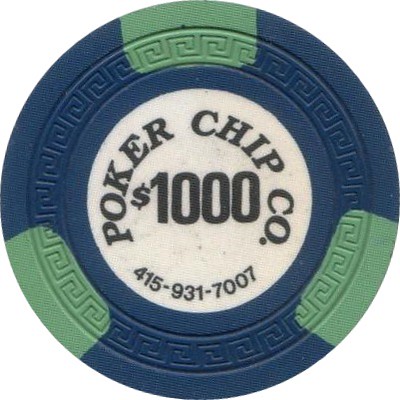CrazyEddie
Full House
Found 'em!The samples you have are yet a fourth line of medium greek keys. They have the same key pattern as the Progen-80s, although it's a different mold because the line weights are slightly different. They use a 4d14 spot pattern, but the colors are different from the Progen-80 / PGI / Paulson fantasy colors. I've seen these before but for the life of me I can't find any posts about them again. I'm not certain whether they're china clays or slugged plastics, nor who makes them. The difference would be their weight; china clays will be 8-10g and slugged plastics will be 11-15g.
https://chipsandgames.com/products/custom-full-color-poker-chips-tri-color-design
They're sold by Chips and Games, which has in the past imported and sold some nice low-end plastics and china clays, specifically the Spirit Mold china clays and the Sixteen-Stripe plastics (you can search PCF to learn more about those, although they're both now completely out of stock and therefore hard to purchase).
These weigh 11.5 grams, which means they're metal-slugged.

